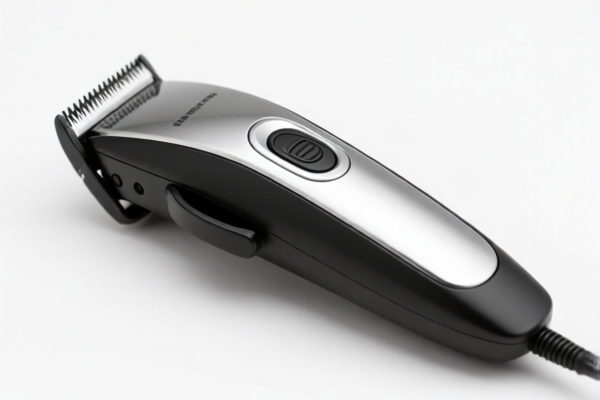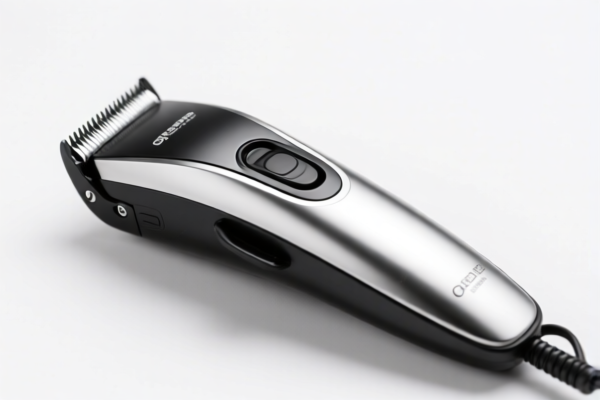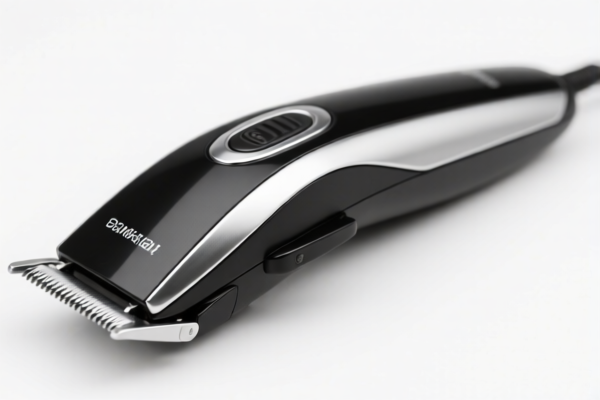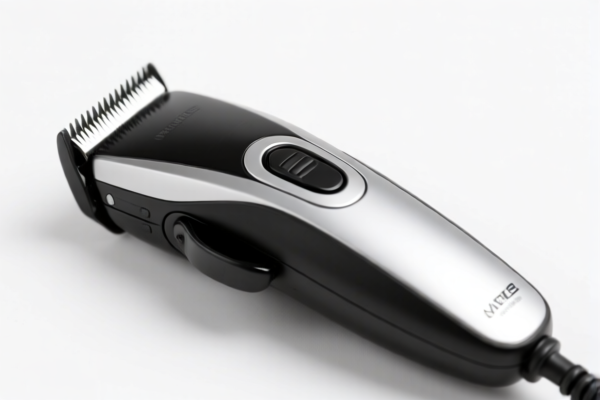| HS Code | Official Doc | Tariff Rate | Origin | Destination | Effective Date |
|---|---|---|---|---|---|
| 8211100000 | Doc | The rate of duty applicable to that article in the set subject t+30.0% | CN | US | 2025-05-12 |
| 8208906000 | Doc | 55.0% | CN | US | 2025-05-12 |
| 8208903000 | Doc | 55.0% | CN | US | 2025-05-12 |
| 8214100000 | Doc | 0.3¢ each + 4.2%+30.0% | CN | US | 2025-05-12 |
| 8214909000 | Doc | 1.4¢ each + 3.2%+30.0% | CN | US | 2025-05-12 |
| 9605000000 | Doc | 38.1% | CN | US | 2025-05-12 |
| 8301406060 | Doc | 43.2% | CN | US | 2025-05-12 |
| 3926903500 | Doc | 44.0% | CN | US | 2025-05-12 |
| 3916100000 | Doc | 60.8% | CN | US | 2025-05-12 |




Trimming Knife
A trimming knife is a versatile cutting tool employed for precise removal of small amounts of material. Its primary characteristic is its ability to offer controlled cuts, making it suitable for detailed work across numerous applications.
Material
Trimming knives commonly feature blades constructed from:
- High Carbon Steel: Offers excellent sharpness and is relatively inexpensive, but requires frequent sharpening and is prone to rust.
- Stainless Steel: Provides corrosion resistance and good edge retention, making it a popular choice for general use.
- Tool Steel: Delivers high hardness and wear resistance, ideal for demanding applications and prolonged use.
- Ceramic: Extremely hard and maintains its sharpness for a long time, but is brittle and can chip or break if misused.
Handles are typically made of:
- Wood: Traditional and comfortable, but requires maintenance.
- Plastic/Polymer: Durable, lightweight, and resistant to moisture.
- Metal: Provides robustness and stability.
Purpose
The core purpose of a trimming knife is to remove excess material with accuracy. This can include:
- Removing flash or burrs: Cleaning up molded or machined parts.
- Fine adjustments: Precisely shaping or fitting components.
- Deburring: Eliminating sharp edges for safety and functionality.
- Model making: Cutting and shaping materials like foam, balsa wood, or plastic.
- Crafting: Detailed cutting in hobbies such as leatherworking or papercraft.
Function
Trimming knives function by utilizing a sharp blade to shear material. The user applies controlled pressure and guides the blade along the desired cutting line. The blade's angle and the force applied determine the depth and precision of the cut. Many designs incorporate replaceable blades for maintaining sharpness and versatility.
Usage Scenarios
- Manufacturing: Automotive, aerospace, electronics, and plastics industries for finishing parts.
- Woodworking: Model making, carving, and detailed shaping.
- Crafts: Leatherworking, papercraft, sculpting, and hobby projects.
- DIY and Home Improvement: Trimming excess materials in repairs or modifications.
- Medical/Surgical: (Specialized types) Precise tissue trimming during procedures.
Common Types
- Utility Knife/Box Cutter: General-purpose with retractable blades, often used for cardboard and packaging, but can be used for light trimming.
- X-Acto Knife: Small, precision knife with a pointed blade, ideal for detailed work in crafts and model making.
- Linoleum Cutter/Carving Knife: Specifically designed for cutting linoleum or similar materials, but can be adapted for other trimming tasks.
- Deburring Knife: Specifically shaped for removing burrs from metal parts.
- Hook Blade Knife: Curved blade for precise cutting and carving, often used in leatherworking.
- Scalpel: Extremely sharp, precision knife used in medical, scientific, and artistic applications.
- Olfa Knife: A brand known for high-quality, durable cutting tools, including utility knives and rotary cutters.
The declared goods are trimming knives, which are cutting tools used for precise cutting or shaping, typically featuring a blade for removing excess material. They are commonly used in various applications such as crafting, gardening, or industrial settings.
Here are the relevant HS codes based on the provided reference material:
- 8211100000: This HS code covers knives with cutting blades, serrated or not (including pruning knives), other than knives of heading 8208, and blades and other base metal parts thereof: Sets of assorted articles. This code applies to trimming knives if they are sold as part of a set. The applicable duty rate is the rate applicable to that article in the set plus 30.0% after April 2, 2025.
- 8208906000: This HS code covers knives and cutting blades, for machines or for mechanical appliances, and base metal parts thereof: Other: Other (including parts). This code is applicable if the trimming knife is designed for use with a machine or mechanical appliance. The total tax rate is 55.0%, comprised of a 0.0% base tariff and a 25.0% additional tariff, increasing to 30.0% after April 2, 2025.
- 8214100000: This HS code covers other articles of cutlery (for example, hair clippers, butchers' or kitchen cleavers, chopping or mincing knives, paper knives); manicure or pedicure sets and instruments (including nail files); base metal parts thereof: Paper knives, letter openers, erasing knives, pencil sharpeners (nonmechanical) and blades and other parts thereof. If the trimming knife is categorized as a specialized cutlery item, this code may be applicable. The total tax rate is 0.3¢ each + 4.2% + 30.0% after April 2, 2025.
- 8214909000: This HS code covers other articles of cutlery (for example, hair clippers, butchers' or kitchen cleavers, chopping or mincing knives, paper knives); manicure or pedicure sets and instruments (including nail files); base metal parts thereof: Other: Other (including parts). This code applies to trimming knives that do not fall into more specific cutlery categories. The total tax rate is 1.4¢ each + 3.2% + 30.0% after April 2, 2025.
Please Note:
The applicable tax rate for HS codes 8211100000, 8208906000, 8214100000, and 8214909000 will be subject to a 30.0% additional tariff after April 2, 2025. It is important to determine the precise composition and intended use of the trimming knife to select the most accurate HS code.
Customer Reviews
No reviews yet.